Traditional farming methods have sustained communities for millennia, and in certain corners of the world, these practices continue to thrive against the tide of modernization.
While industrial agriculture dominates global food production, these remarkable villages maintain their ancestral connections to the land. In these communities, time-honored techniques pass from generation to generation, preserving not just cultivation methods but entire ways of life.
Ollantaytambo, Peru
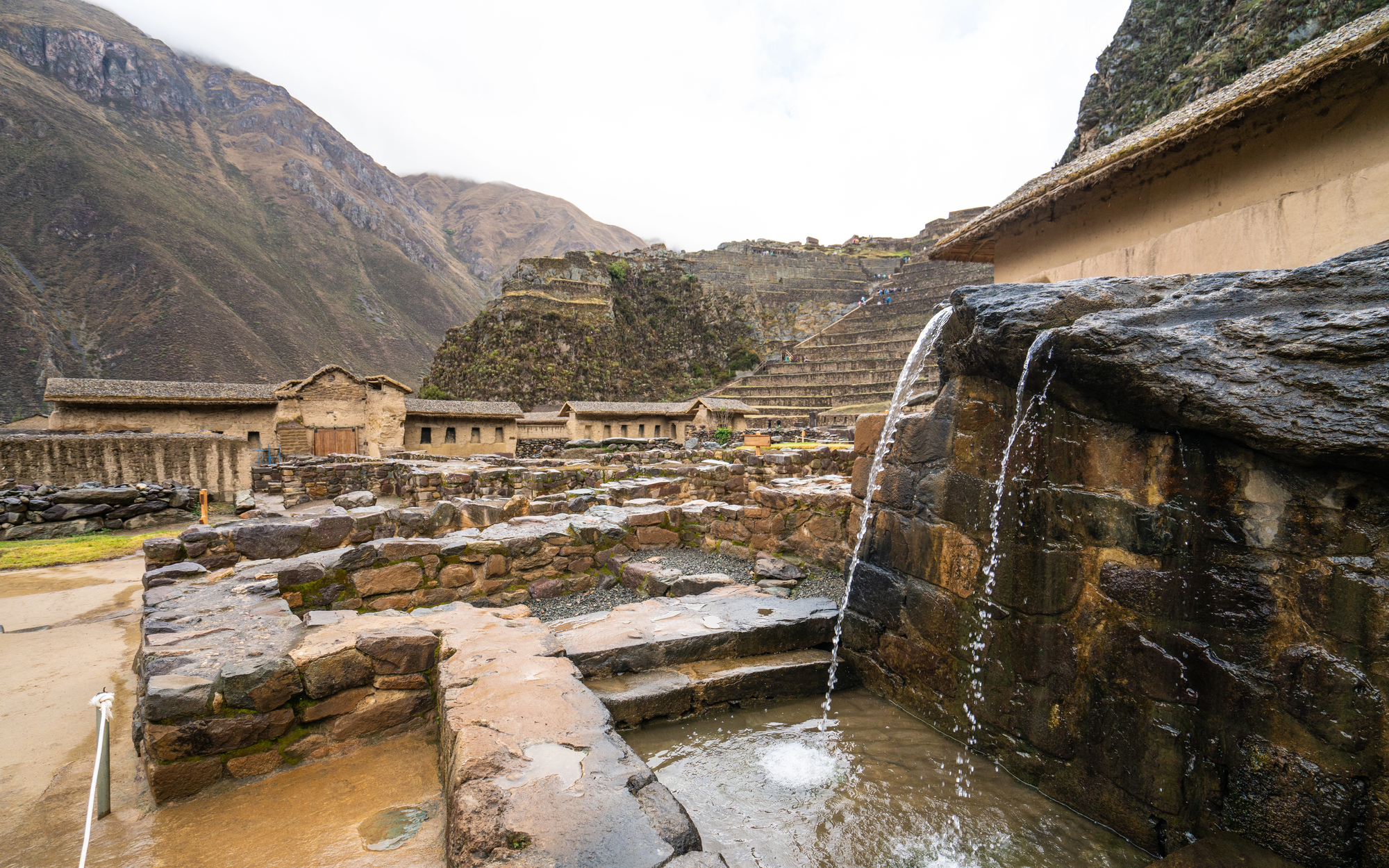
This Sacred Valley settlement’s ancient Incan terraces support traditional potato and corn cultivation through ingenious irrigation systems. Local farmers maintain the same agricultural calendar their ancestors followed, timing their plantings with astronomical observations.
The community still uses traditional tools crafted from local materials, demonstrating remarkable efficiency in steep-terrain farming. The village’s agricultural practices remain deeply intertwined with Quechua’s spiritual beliefs and customs.
Ping’an, Guangxi Province, China
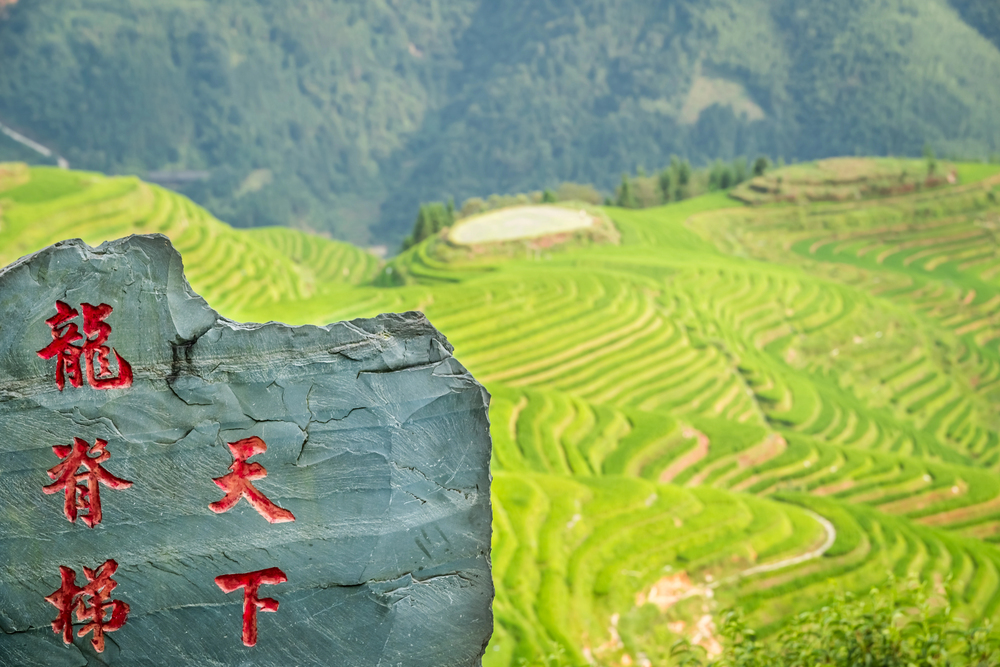
The Dragon’s Backbone rice terraces of Ping’an showcase an intricate system of water management that has sustained the Zhuang people for over 650 years. Local farmers continue using water buffalo to plow the stepped paddies, maintaining precise water levels through bamboo pipe networks.
The village follows traditional lunar calendar farming cycles, with specific ceremonies marking each phase of rice cultivation. Their methods have proven remarkably resilient to climate variations while preserving soil fertility.
Like Travel Pug’s content? Follow us on MSN.
Hunza Valley, Pakistan
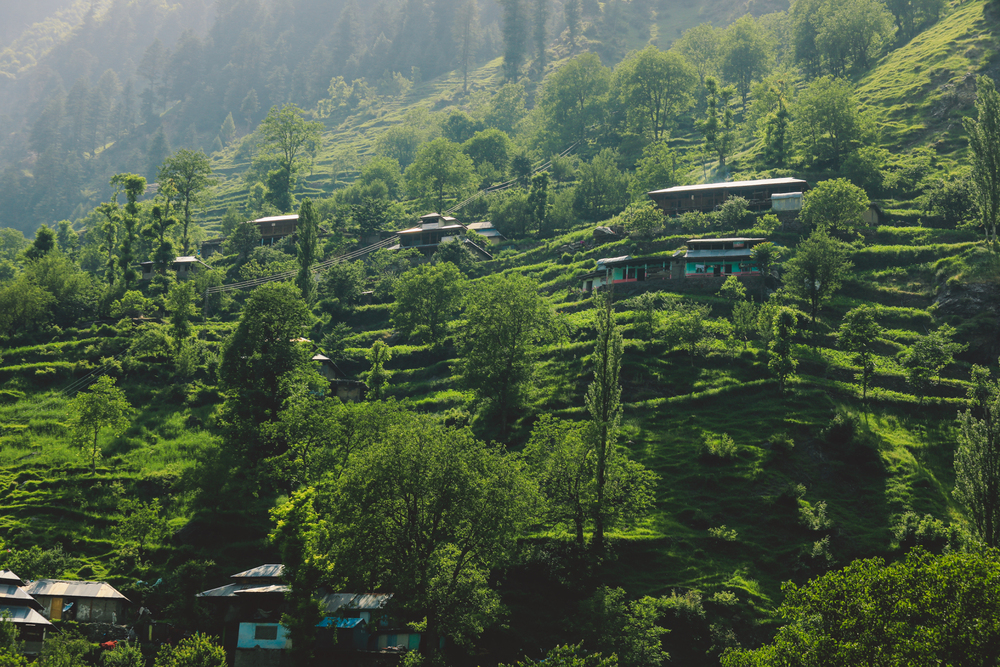
Nestled in the Karakoram Mountains, Hunza farmers practice sophisticated irrigation techniques using ancient glacier-fed channels called ‘Kuhls.’ The community maintains traditional stone walls and terraces that have supported agriculture at extreme altitudes for centuries.
Local farmers rotate crops according to ancestral knowledge of soil management and microclimates. Their methods include unique composting techniques that enrich the rocky mountain soil.
Marayur, Kerala, India

This village maintains ancient sandalwood cultivation practices passed down through generations of indigenous Muthuvan tribes. Local farmers use traditional intercropping techniques that protect sandalwood saplings while maximizing land use efficiency.
The community follows precise lunar cycles for harvesting and maintains complex social structures around forest resource management. Their methods incorporate sophisticated plant protection strategies using natural deterrents.
Ifugao, Philippines
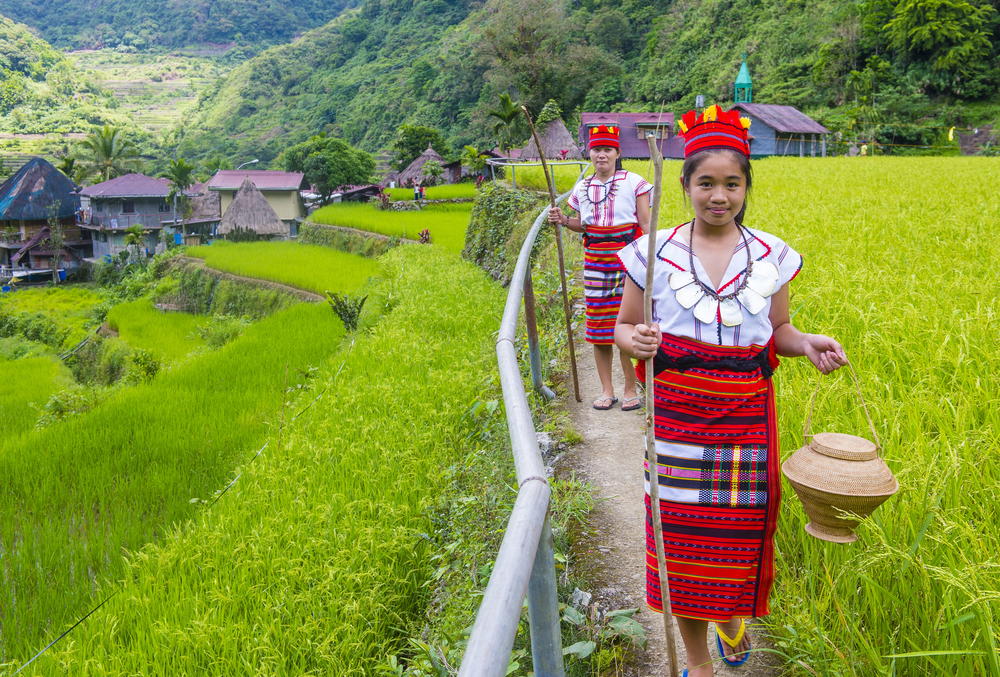
The UNESCO-protected rice terraces of Ifugao demonstrate an ancient farming system that creates the region’s microclimate. Local farmers maintain complex watershed management systems that have functioned continuously for over 2000 years.
The community preserves traditional pest control methods using indigenous plants and fish species. Its agricultural calendar integrates sophisticated astronomical observations with local weather patterns.
Like Travel Pug’s content? Follow us on MSN.
Sapa, Vietnam
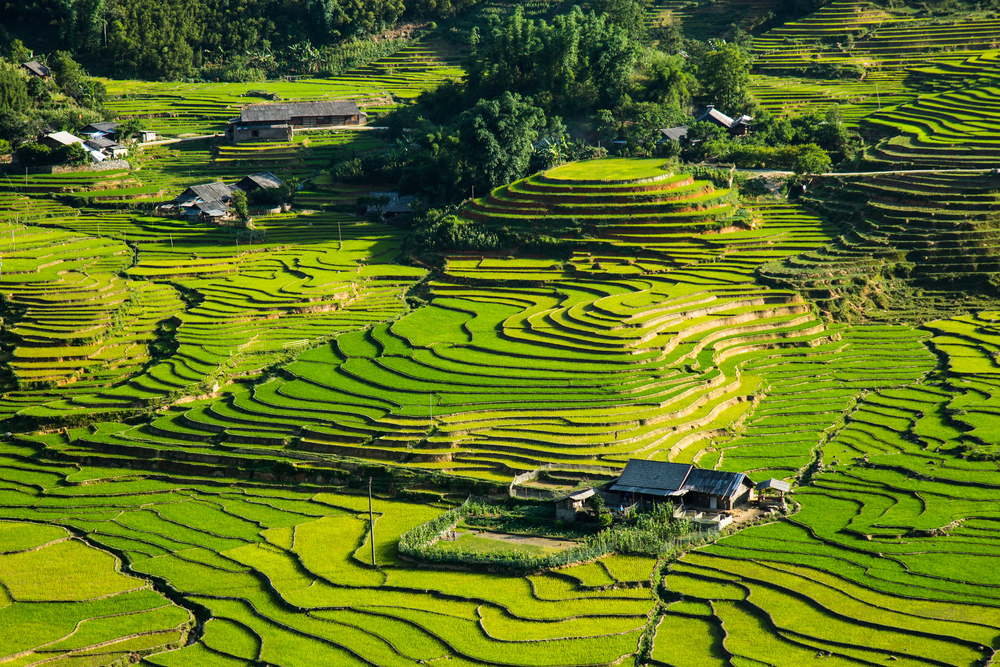
The H’mong people of Sapa continue ancient techniques of indigo cultivation and hemp farming on steep mountain slopes. Traditional knowledge guides their intercropping systems, maintaining soil fertility without chemical inputs.
The village preserves unique seed-saving practices that have helped develop hardy crop varieties adapted to high altitudes. Their farming methods incorporate sophisticated water management techniques using bamboo irrigation systems.
Kihnu Island, Estonia

This Baltic island community maintains traditional rye cultivation methods dating back to medieval times. Local farmers continue using horse-drawn plows and manual threshing techniques passed down through generations.
The island’s unique four-field rotation system incorporates ancient soil management practices. Their methods also include specialized techniques for growing and processing flax for textile production.
Socotra Island, Yemen
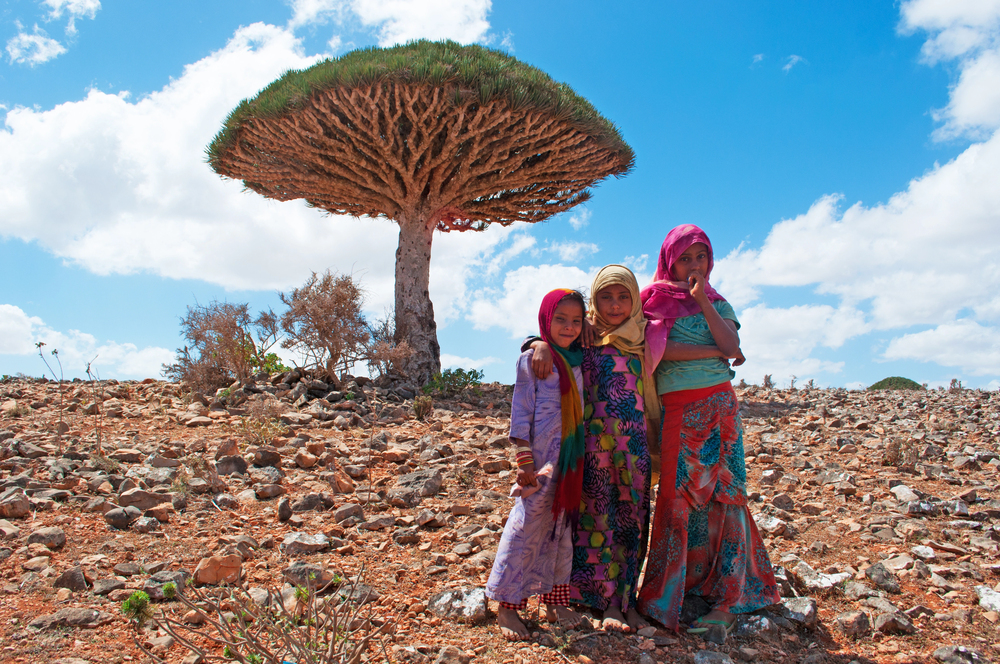
The isolated Bedouin communities of Socotra maintain ancient methods of frankincense and myrrh cultivation. Traditional techniques for harvesting tree sap have remained unchanged for centuries, preserving both the plants and their valuable products.
The villages follow precise seasonal calendars for cultivation based on monsoon patterns. Their methods include sophisticated techniques for propagating drought-resistant indigenous crops.
Like Travel Pug’s content? Follow us on MSN.
Aogashima, Japan

This volcanic island’s farmers maintain ancient methods of wasabi cultivation in specially constructed mountain beds. Local techniques include traditional composting methods using volcanic soil and marine materials.
The community preserves unique irrigation systems that exploit natural spring water sources. Their farming practices incorporate sophisticated methods for protecting crops from volcanic gases.
Kastamonu, Turkey
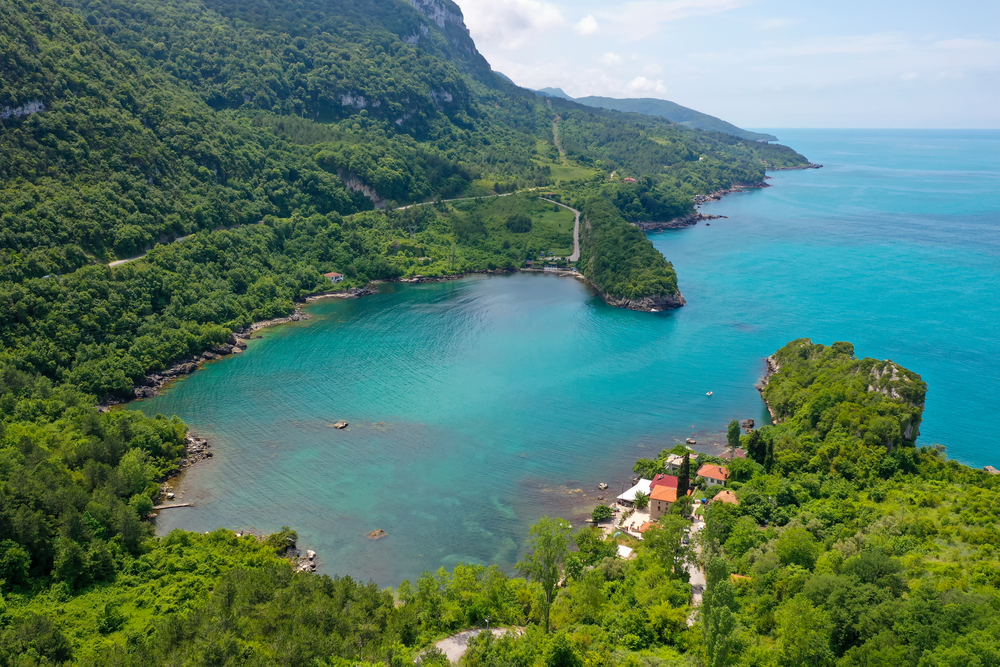
Traditional hazelnut farmers in this Black Sea region maintain ancient pruning and harvesting techniques. The village preserves unique terrain management methods that prevent soil erosion on steep slopes.
Local farmers continue using traditional tools and techniques for processing and storing nuts. Their methods also include sophisticated approaches to maintaining biodiversity in orchard ecosystems.
Qanats of Yazd, Iran
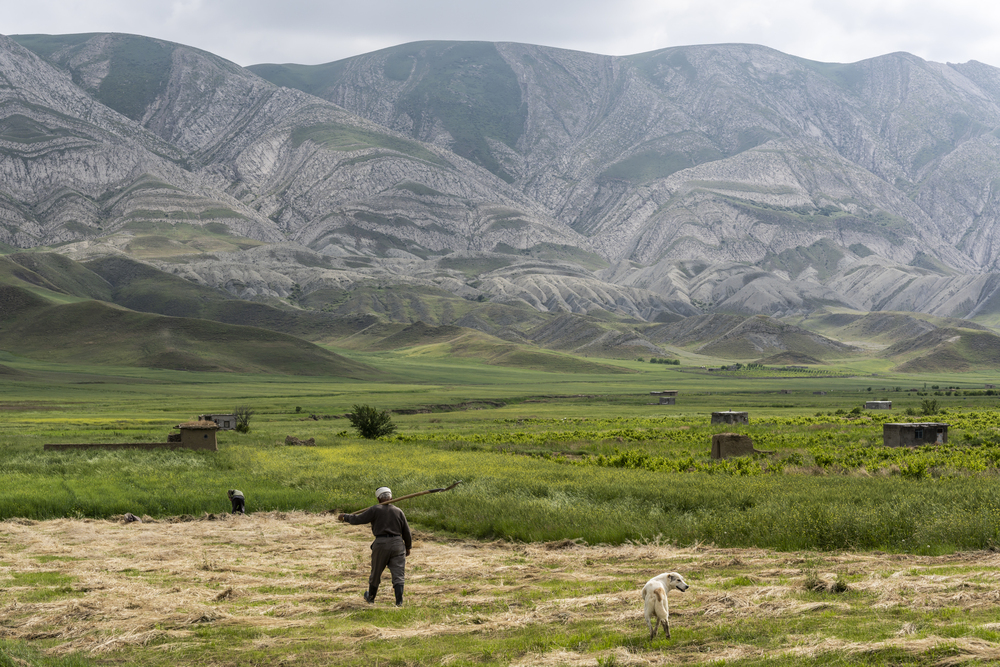
This desert community maintains ancient underground irrigation systems that have sustained agriculture for millennia. Local farmers continue using traditional methods of crop rotation adapted to extreme desert conditions.
The village preserves sophisticated techniques for maintaining underground water channels. Their agricultural practices incorporate ancient methods of wind protection for sensitive crops.
Like Travel Pug’s content? Follow us on MSN.
Flores Island, Indonesia

Traditional farmers maintain ancient methods of growing pepper and cacao in complex agroforestry systems. The community preserves unique techniques for managing shade trees and maintaining soil fertility.
Local methods include sophisticated approaches to pest management using indigenous plant species. Their farming practices incorporate traditional techniques for processing and fermenting cacao beans.
Ladakh, India
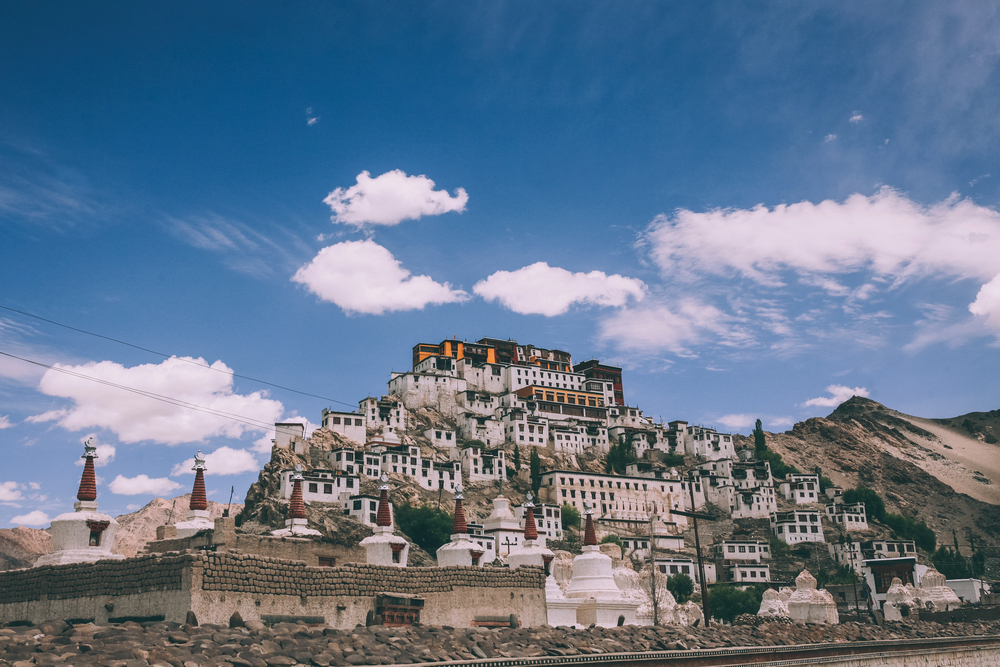
High-altitude farmers in this Himalayan region maintain ancient barley and wheat cultivation methods. Traditional techniques include sophisticated systems for managing limited water resources in an arid environment.
The community preserves unique methods for protecting crops from extreme temperature variations. Their farming practices incorporate ancient techniques for soil enrichment using yak manure.
Roros, Norway
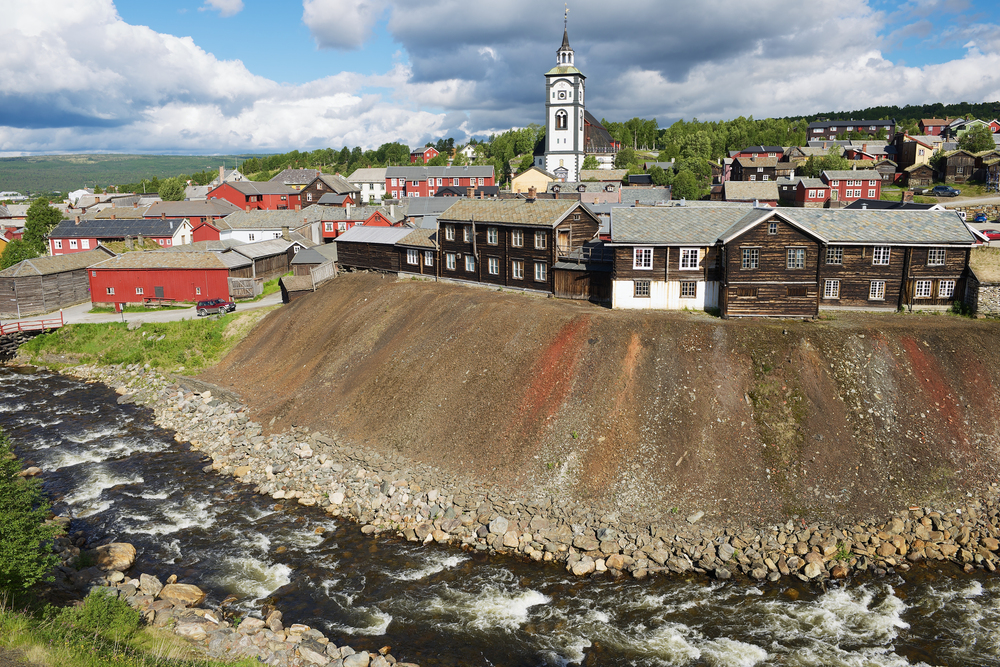
This sub-arctic community maintains traditional methods of hay farming and livestock management. Local farmers continue using ancient techniques for preserving winter fodder through natural fermentation.
The village preserves unique approaches to managing short growing seasons and extreme weather. Their methods include sophisticated techniques for maintaining soil fertility in harsh conditions.
Like Travel Pug’s content? Follow us on MSN.
Timbuktu, Mali
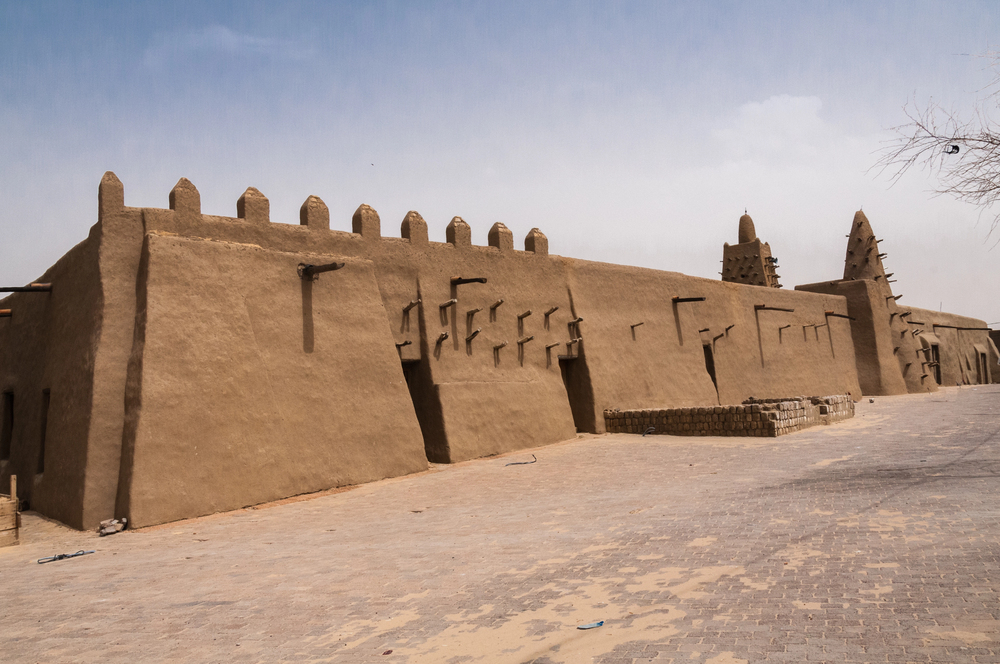
Desert farmers near this ancient city maintain traditional methods of flood-recession agriculture along the Niger River. Local techniques include sophisticated systems for predicting annual flood patterns and timing plantings accordingly.
The community preserves ancient methods of soil management that maximize water retention. Their farming practices incorporate traditional techniques for protecting crops from sand encroachment.
Ancient Wisdom Feeds Our Modern World
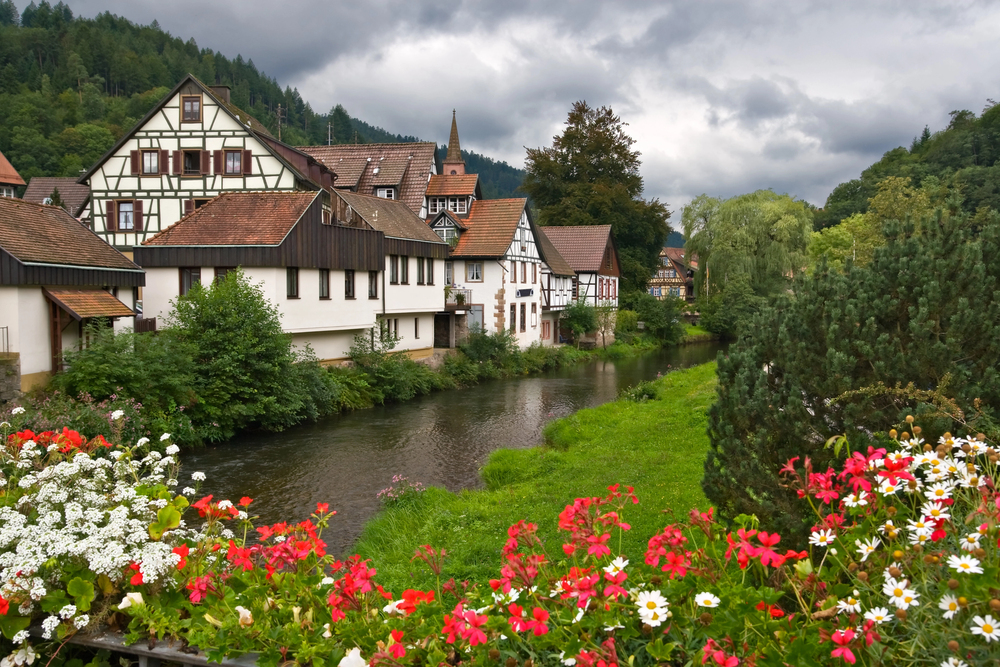
These remarkable villages demonstrate that traditional agricultural practices remain viable and valuable in our modern era. Their methods offer crucial lessons for sustainable farming and cultural preservation, while their communities stand as living testaments to human ingenuity and resilience.
As we face growing challenges in global food production and environmental sustainability, these ancient farming traditions may hold the keys to our agricultural future.
More from Travel Pug

- 15 Dangerous European Cities to Avoid
- 15 Caribbean Islands Where Tourists Keep Getting Scammed
- The 20 Most Fascinating Abandoned Places: A Journey Through Time and Forgotten Spaces
- 15 Hidden Places in the Smithsonian Museums Locals Love: A Guide to Lesser-Known Treasures
- 16 Hidden Florida Beach Towns That Aren’t Overrun with Tourists
Like Travel Pug’s content? Follow us on MSN.
